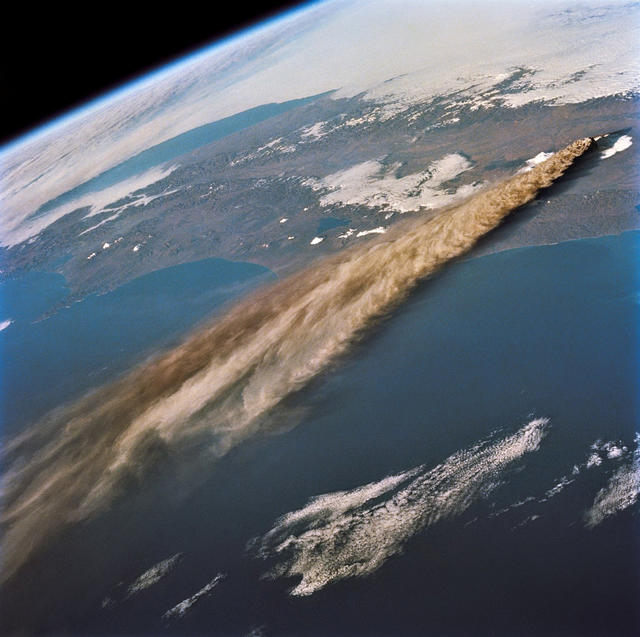Eyjafjallajökull Glacier Volcano - Iceland
Since there is not much in the way of visiting a current or past volcano site here in Long Island I figured we could take a little imaginary travel journal to Eyjafjallajökull in Suðurland, Iceland. The most interesting thing about this particular volcano is not its name but that it is a large ice cap that covers the caldera of a moderately active volcano. The mountain itself stands 1,651 meters (5,417 ft) at its highest point. It has a crater 3–4 kilometers (1.9–2.5 mi) in diameter that opens to the north.
The last eruption from Eyjafjallajökull was in 2010 and which started with lava flows from new fissures while melting the glacier ice that covered it. The rapid vaporization created a rush of ice melt that flooded local rivers in the area. The eruption of phreatomagmatic explosions (when water reacts with magma) created a plume of ash 7 miles high into the atmosphere causing all air traffic into the island to be delayed. The plume could be seen from space.

Eyjafjallajökull eruption from Space
Eyjafjallajökull volcano or the glacier volcano is part of Iceland's Eastern Volcanic Zone and is believed to be linked directly to the activity of Katla volcano which is located 16 miles away. Eyjafjallajökull is the 6th largest volcano in the area of 31 active and extinct volcanos. There have been a total of 18 eruptions since humans started settling on the island.
Iceland's Volcanic Zone
The volcano to me is extremely iconic for the region and its eruption is well depicted in one of my favorite films, The Secret Life of Walter Mitty. Although currently Eyjafjallajökull is not predicted to have another eruption in the foreseeable future it has not been ruled extinct just as of yet.
Eyjafjallajökull Volcano/Glacier
Resources:
Rafferty, J. P. (n.d.). Eyjafjallajökull volcano. Retrieved from https://www.britannica.com/place/Eyjafjallajokull-volcano
Laughlin, S. (n.d.). Eyjafjallajökull eruption, Iceland: April/May 2010. Retrieved from https://www.bgs.ac.uk/research/volcanoes/icelandic_ash.html


No comments:
Post a Comment